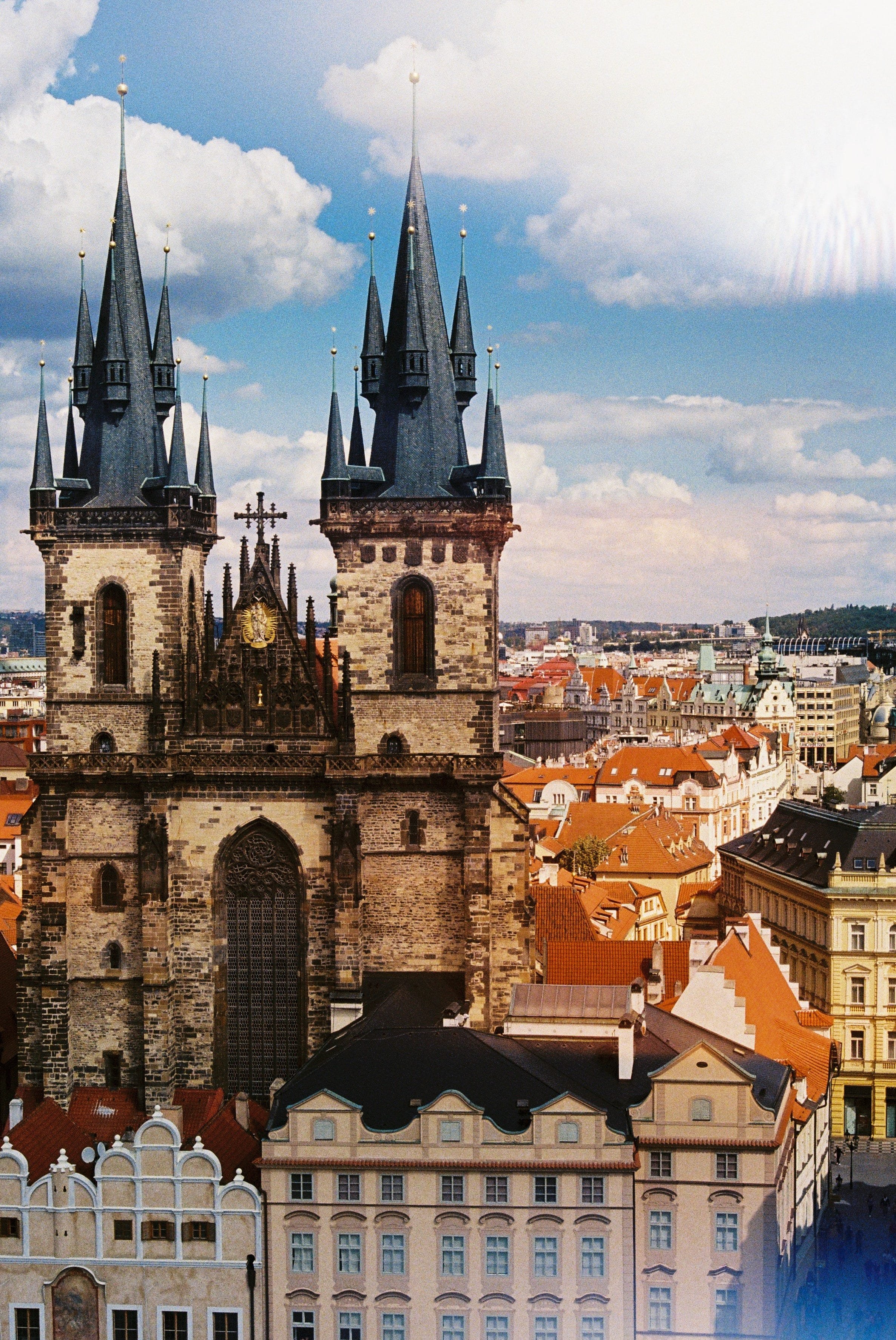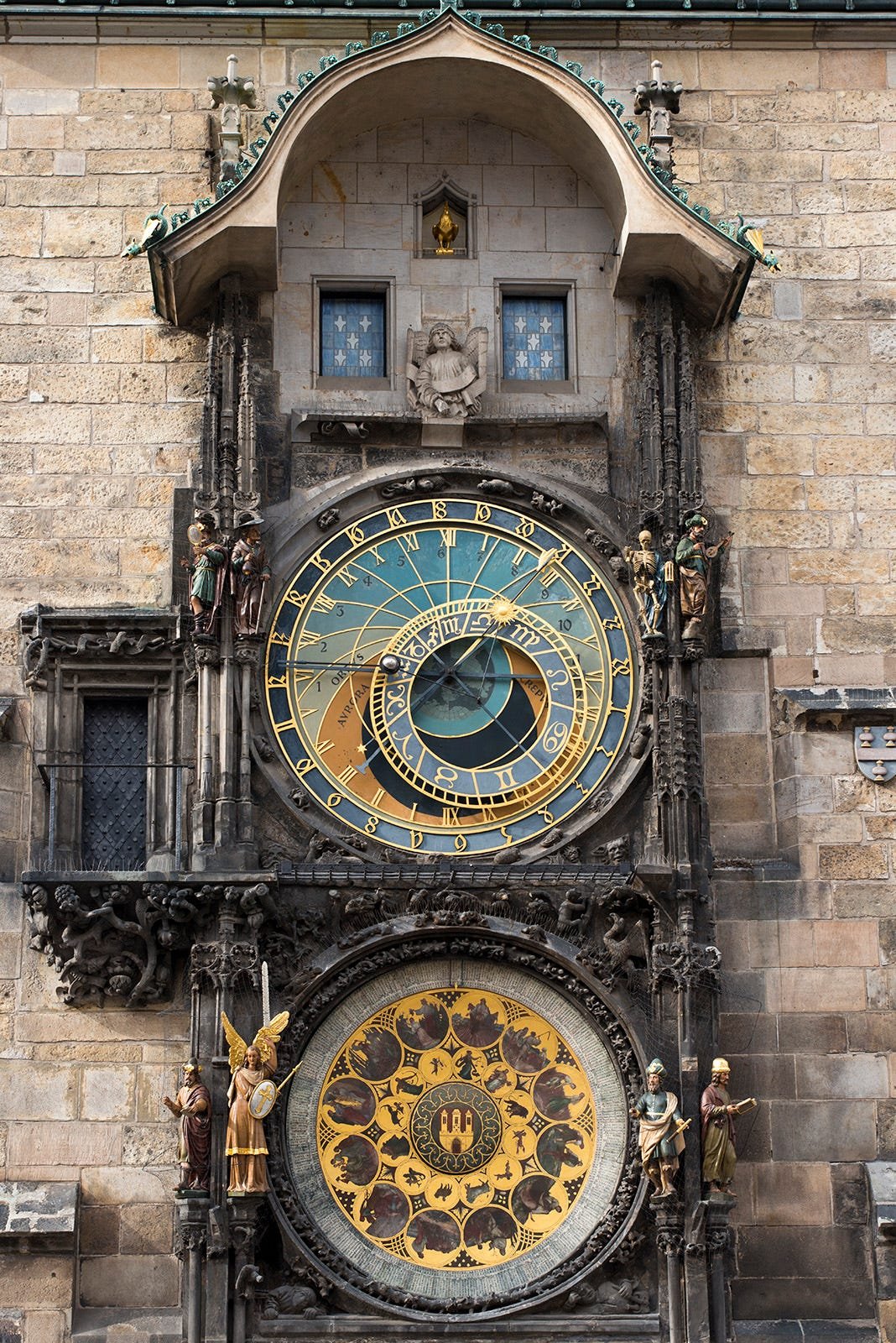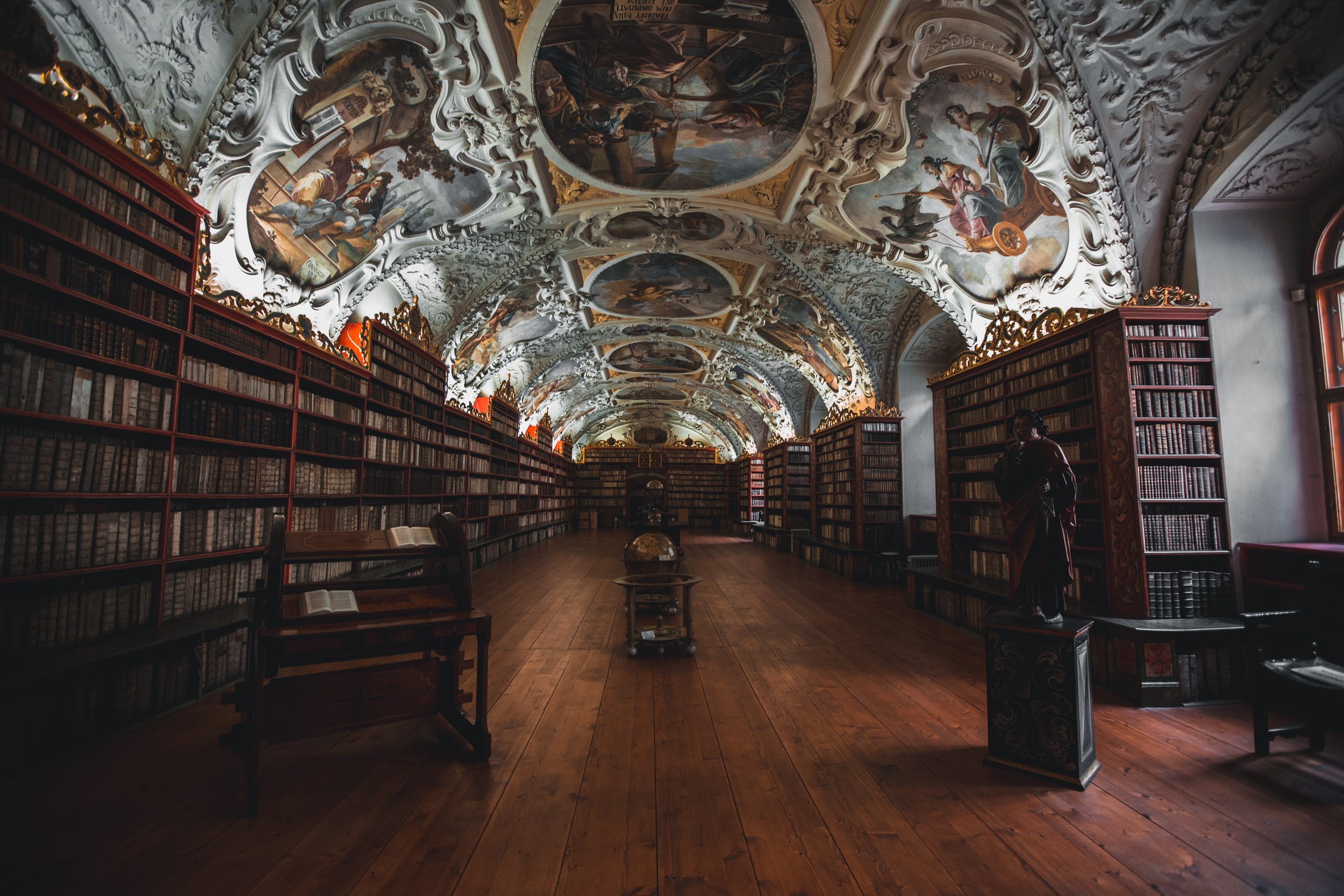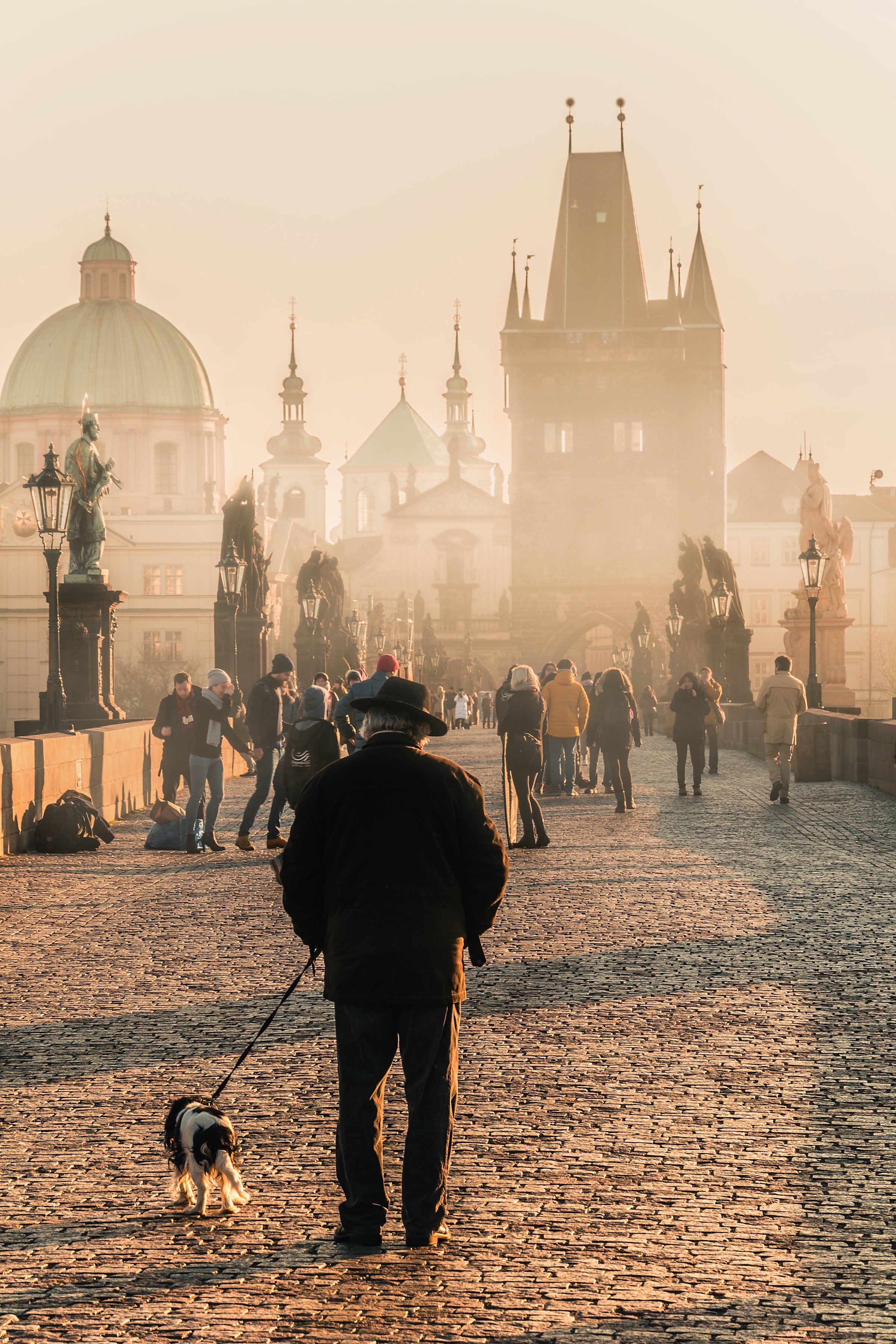Prague—3 Historical Places to Visit
Origins: Kingdoms and Tribes
Once the historical capital of the Kingdom of Bohemia and residence of several Holy Roman Emperors, Prague was first founded by an ancient king Boyya in 1306 BC.
And in the 5th and 6th centuries BC Celtic tribes appeared in the area and established large fortified settlements. During the times of the Roman empire, Germanic tribes forced the Celts out and settled in Prague. And around the same time as the fall of the Western Roman Empire, these Germanic tribes moved out and made way for Slavic tribes.
It is on top of one of these Slavic settlements from 800 AD that our story begins.
As the legend goes, an 8th century duchess Libuše, founder of the Přemyslid dynasty is said to have prophesied a great city that will touch the stars and ordered a castle and town called Praha to be built here.
This brings us to our first building.
1. Hradčany (Prague Castle)
The first church was built in 870 and would house the tombs of members of the royal Přemyslid dynasty. It burned down and was rebuilt in the 11th century. It was destroyed again in the 13th century and all that remains is the foundations.
Prague Castle is the largest ancient castle in the world with an area of 70,000 square meters (750,000 square feet) and inside this massive complex several historical buildings remain.
The earliest standing building is from the 10th century and is the Romanesque Basilica of Saint George. Also on site is the now prominent Gothic St. Vitus Cathedral with parts of the building dating from 1344. It was originally a Romanesque church built in 930 and now houses the tombs of many Bohemian Kings and Holy Roman Emperors.
And St. Vitus Cathedral also houses the Bohemian Crown Jewels secured behind 7 locks with the keys held by seven different individuals.
Also inside the Prague Castle complex is the Old Royal Palace. Fortifications were added to the Old Royal Palace in the 13th century and under Charles IV (soon-to-be Holy Roman Emperor) it was rebuilt in the Gothic style. In the 15th century Vladislav II, King of Bohemia, rebuilt parts of the castle and added Vladislav Hall.
This secular hall was an engineering feat large enough to accommodate tournaments between knights.
Vladislav Hall - DXR CC 2.0
2. Old Town Square
Dominating the skyline of Old Town Square is the Gothic Church of Our Lady before Týn.
Originally a Romanesque church from the 11th century, it was replaced by an early Gothic church in the 13th century. The construction of the current church is in the late Gothic style and began in the 14th century with most of it being completed by the 1450s. The incredibly vertical two towers are 80m (262 ft) high and each tower is topped with eight spires.
Church of Our Lady Before Týn - Unsplash @charliegallant
Also in Old Town Square is the oldest clock in the world that is still functioning.
The Prague Orloj is attached to the Old Town Hall and was installed in 1410. It has an astronomical dial showing the position of the Sun, Moon, Earth and Zodiac Constellations. Every hour between 9am and 9pm, The Walk of Apostles, an hourly show of 12 apostles and surrounding sculptures move along the clock.
The Prague Orloj is an incredible feat of craftsmanship and a sight to behold.
Prague Orloj - Steve Collis CC 2.0
3. Strahov Monastery
Originally founded in 1143 it was a Romanesque church built of wood.
The monastery was gradually completed in stone by the monks over time. A fire in 1258 damaged the building and it was rebuilt. During the time of the Hussite wars, it was attacked and plundered with many artifacts, books, and furnishings destroyed.
The monastery sat unused for a period of time before being revived in 1586.
During this period of revival the monastery was re-established and a community of 12 monks resided here once again. It was in 1670 that a new library, the Theological Hall, was built. The Theological Hall is part of the Strahov Library which has over 3,000 manuscripts alongside its collection of over 200,000 volumes.
The Theological Hall is built in the Baroque style as seen below.
Theological Hall - Unsplash @spoony
20th century and beyond
Today Prague is the capital of Czech Republic (Czechia for short), which was established after the fall of the Austro-Hungarian Empire.
Prague Castle is now the seat of the President of Prague and today, Prague remains one of the most beautiful cities in Europe.
Prague - Unsplash @dropolto
Deep dives
To learn more about the history I’d recommend checking out Prague in Black and Gold: The History of a City by Peter Demetz.
If you want to dive into a WWII memoir check out Prague Winter by Madeleine Albright.
*As an Amazon Associate I may earn a small commission from qualifying purchases at no extra cost to you.







